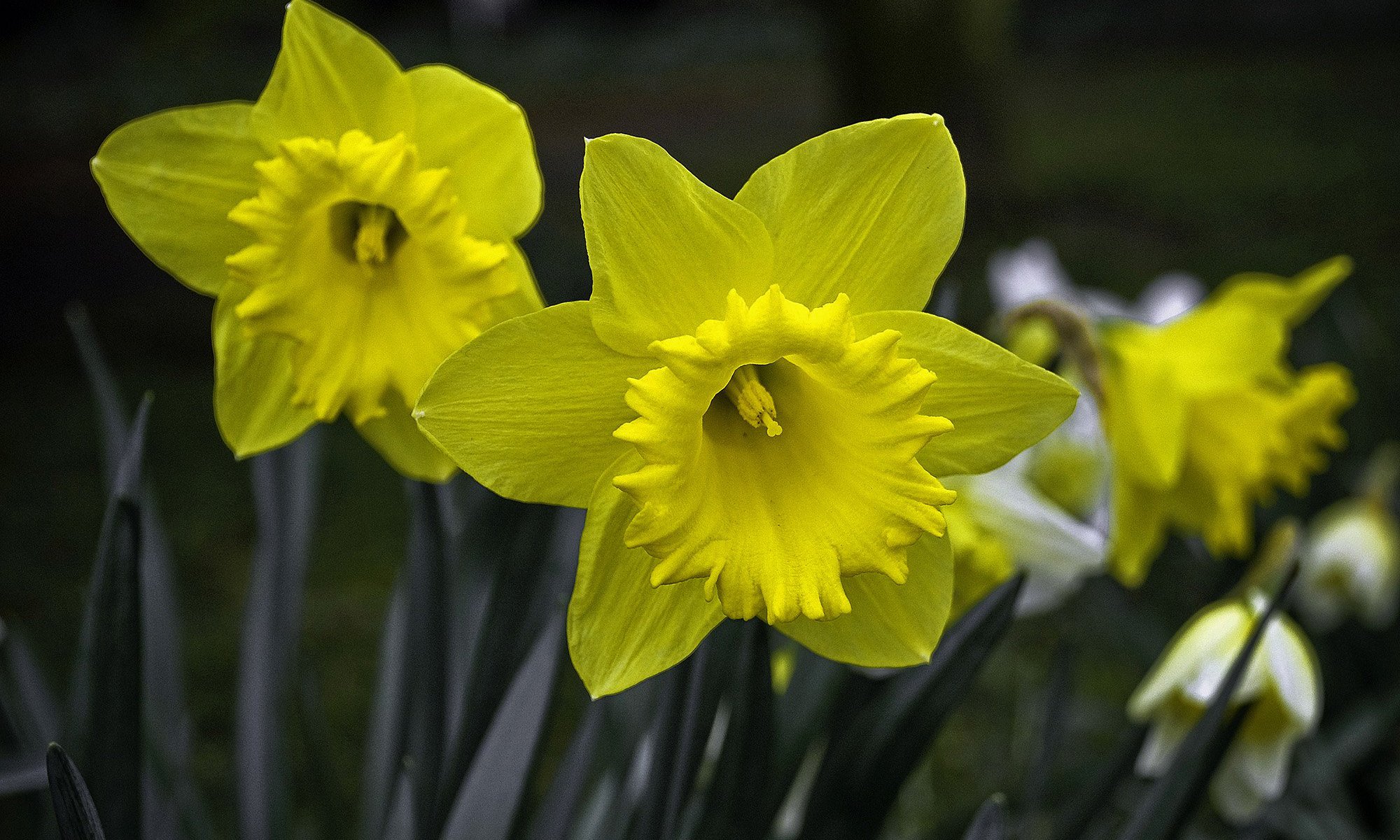10 things about Daffodils
With their striking yellow displays, daffodils are true heralds of spring. Growing from bulbs, daffodils are sizeable wildflowers that have pale yellow outer petals around a dark yellow trumpet. The wild plants are smaller and paler than the many garden varieties and are native to the woods, grassland and rocky places of Western Europe. Despite a recent population decline, they are still one of the most common wildflowers of the English and Welsh countryside.
1] Daffodils develop from a bulb which stores all nutrients required for successful development of the stem and flowers. Spring flowering bulbs are planted in the autumn and require a cold period during the winter to ensure proper development of a root.
2] Daffodils announce the beginning of spring and the waking of nature after winter. They are one of the rare species of plants that are able to successfully grow through the snow.
3] Ancient Romans cultivated daffodils and believed that sap extracted from the flowers possessed healing properties.
4] Daffodils were symbol of chivalry during Victorian times. They are symbol of hope today.
5] Bunch of daffodils offered as a gift ensures happiness and represents good fortune, while single daffodil predicts misfortune.
6] Daffodil is flower of March and symbol of 10th wedding anniversary.
7] Narciclasine is a substance isolated from bulb, which (according to some medical studies) has potential to treat breast cancer.
8] Daffodils are perennial plants, which mean that they can survive more than two years in the wild
9] Keepers of poultry believe that daffodils prevent hens from laying eggs, and they avoid planting of daffodils on their farms.
10] Daffodils are also known also as Lent lilies because they bloom in early spring and usually drop before Easter, daffodils are also one of the national symbols of Wales.

